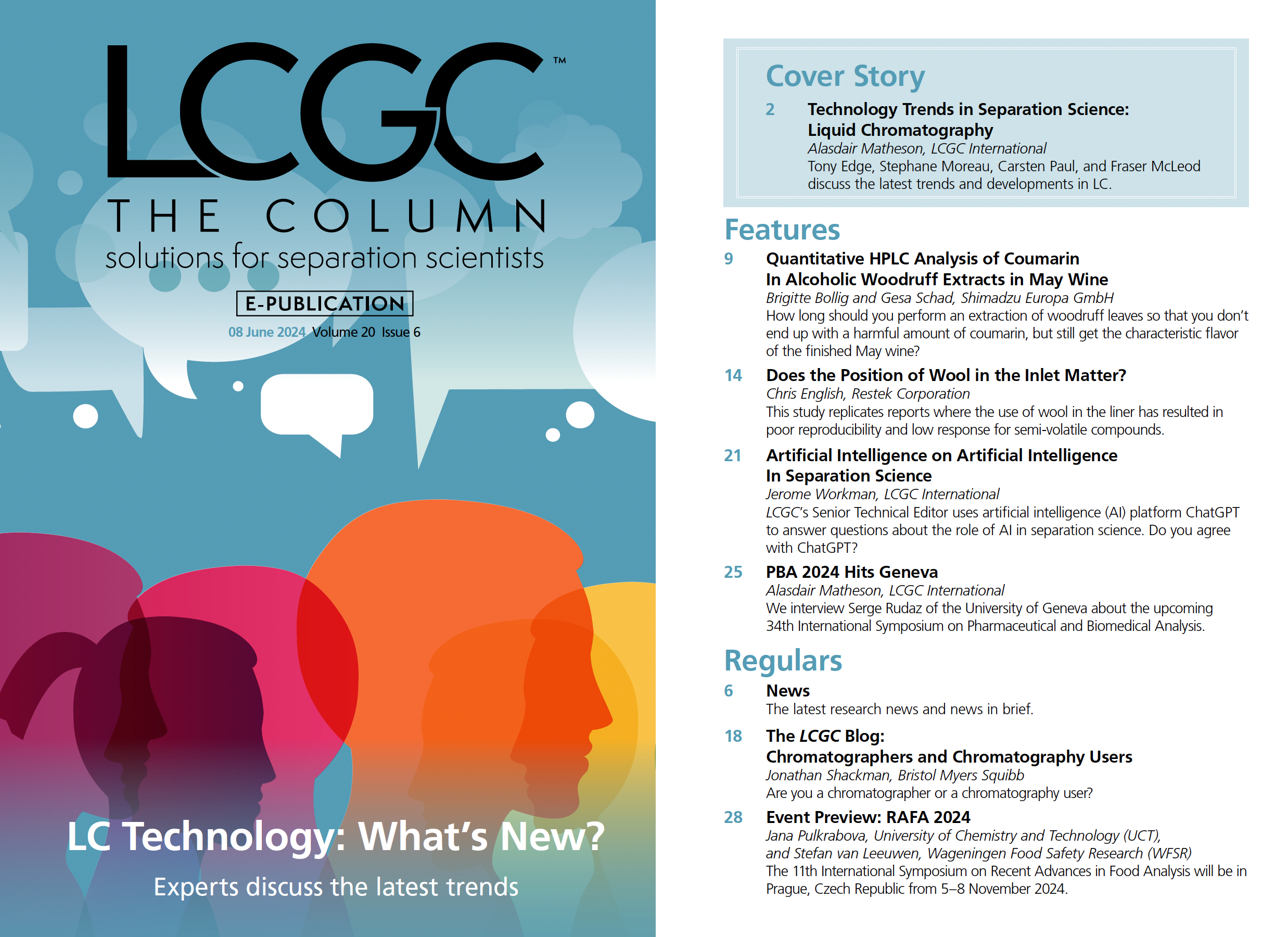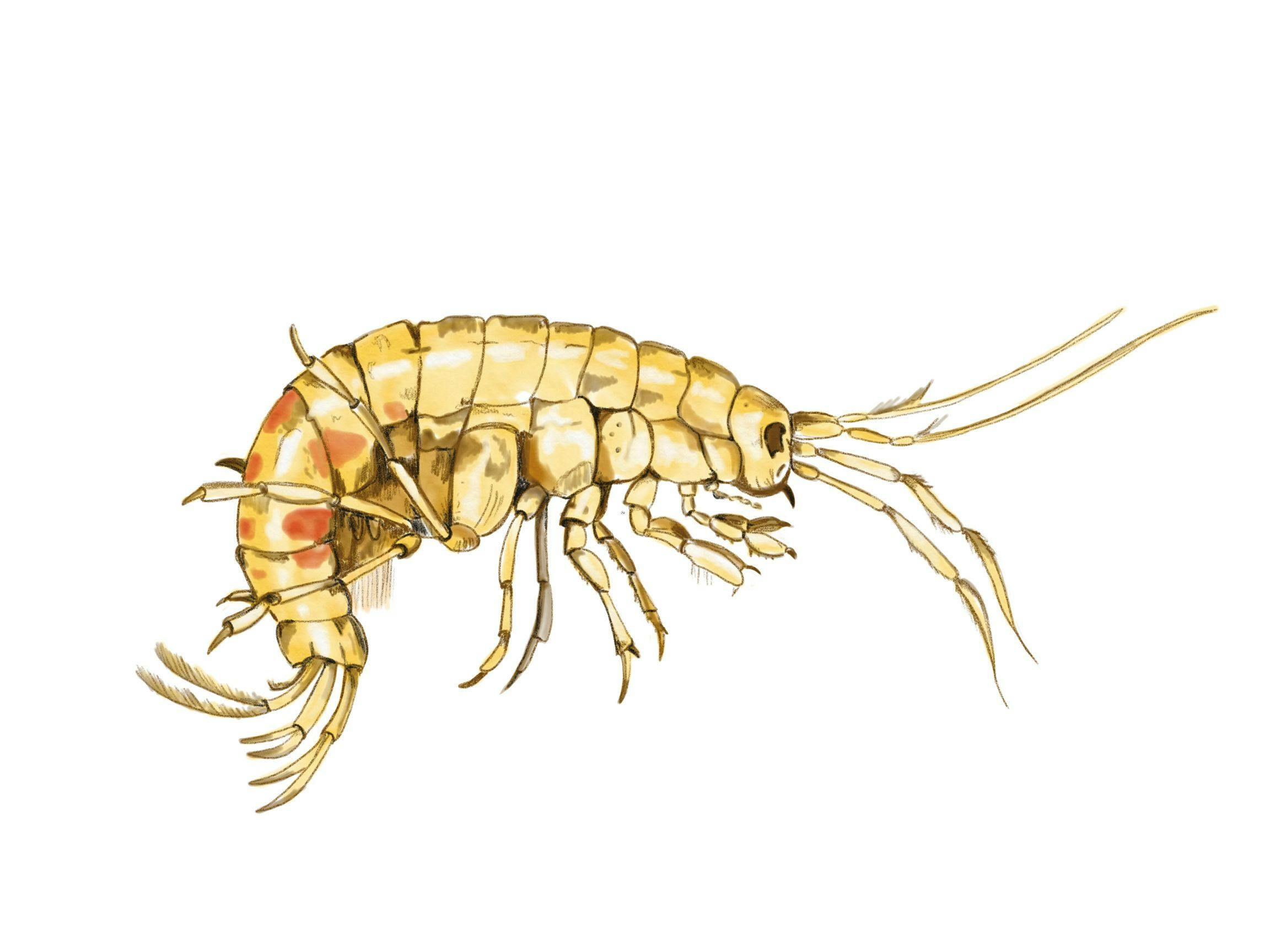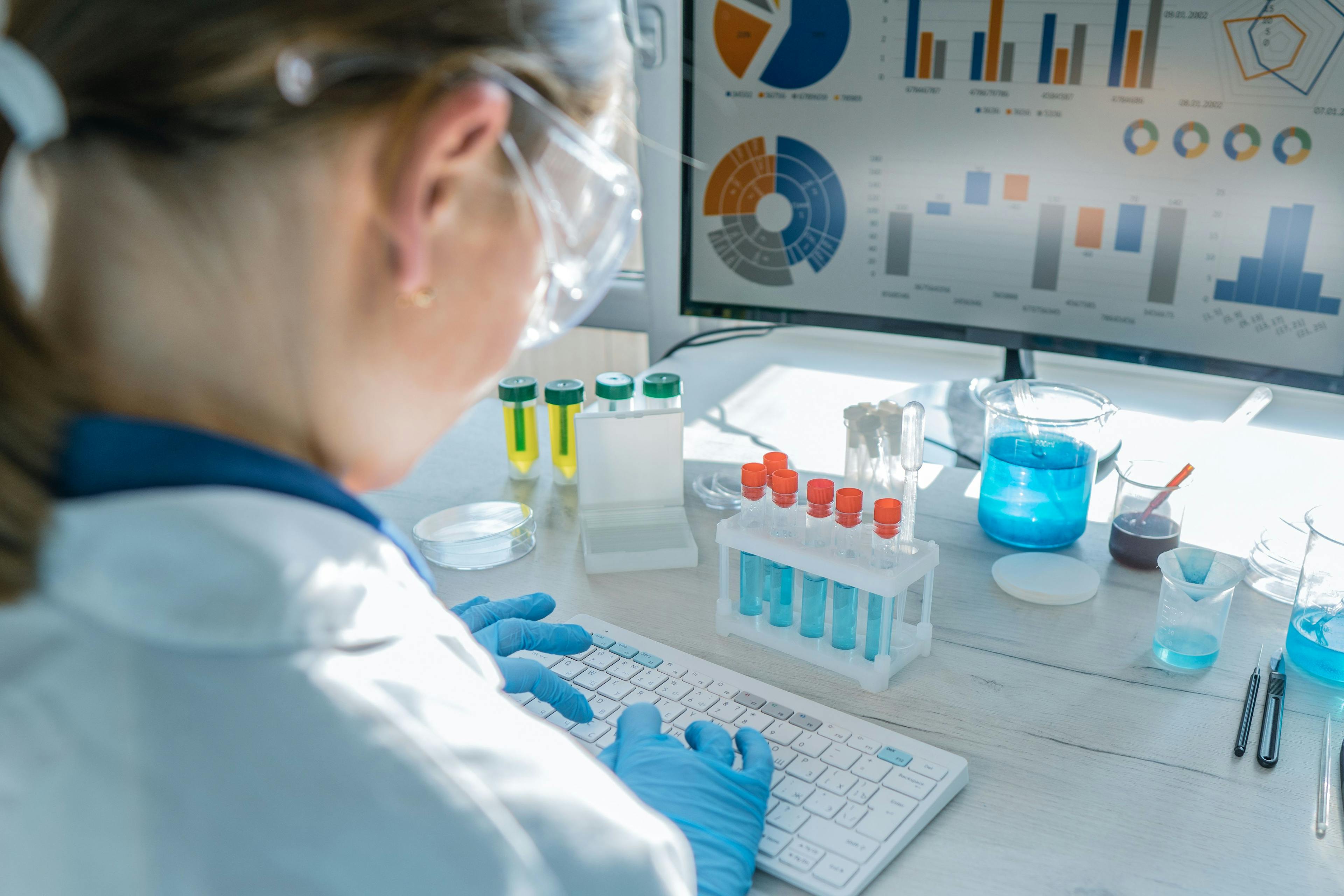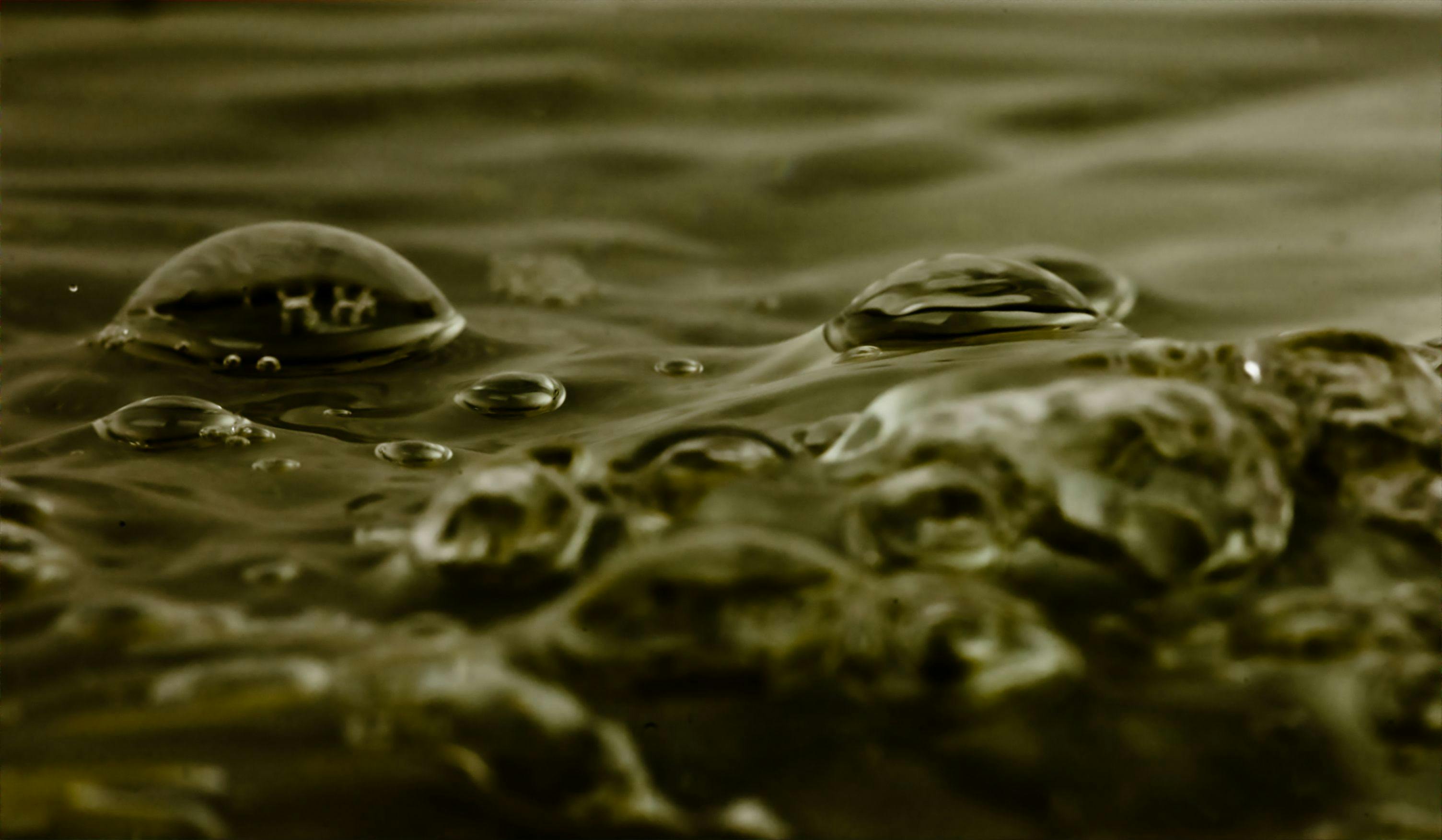Quantitative HPLC Analysis of Coumarin in Alcoholic Woodruff Extracts in May Wine
When scouring the internet for recipes for May wine, you are sure to come across very different, sometimes contradictory information on how long you should leave the woodruff to infuse in the wine. What you don’t want is to extract too much of the potentially toxic coumarin contained in the plant into the wine. But how long should you perform an extraction of the woodruff leaves so that you don’t end up with a harmful amount of coumarin, but still get the characteristic flavor of the finished May wine? This question was investigated using high performance liquid chromatography (HPLC) analysis and photodiode array detection.
Shimadzu HPLC Product Manager Gesa Schad recently recalled how the use of woodruff in May wine is a popular spring tradition in Germany. When she first started looking for May wine recipes, she was aware that woodruff contains the natural flavoring coumarin, which can be harmful to health in high doses. But when she was researching recipes, she realized: There are huge differences in the recommended "extraction time”, meaning how long the dried woodruff can be left in the wine without running the risk of reaching the permitted limits for coumarin. On one site the maximum permissible “infusion time” was 45 min, while another stated that the plant should be left to infuse in the wine “for 1–3 h, depending on the desired flavor intensity” (1-4). So what should you do if you want to make a wine that has a nice woodruff flavor but without a dangerous coumarin content? Schad’s curiosity as a researcher was sparked! In order to be able to make a scientifically sound recommendation, it was first necessary to analyze the coumarin content in woodruff extracts with various extraction times. Her colleague at the time, Robert Ludwig, carried out the test series. The results of his quantitative determination are analyzed in more detail in this article in terms of the established limits for coumarin in foodstuffs. The results are explained at the end, along with a recommendation on how to safely prepare May wine.
Table 1 gives an overview of the maximum levels of coumarin permitted by law in certain compound foods where flavorings or food ingredients with flavoring properties have been added (coumarin is permitted in these food ingredients and in flavorings, whereas coumarin as such may not be added to foods).

There is no defined limit value for beverages; however, Tolerable Daily Intake (TDI) value can be taken into account to assess the results described below (6), where 0.1 mg coumarin per kg of body weight per day is considered harmless.
Schad harvested woodruff from a commercially available plant and dried the parts of the plant overnight. Once dried, she tied together 3 g of the cut stems with a string and hung them upside down in 90 mL of white wine for extraction (a ratio of woodruff to wine commonly used for extraction in recipes) without immersing the cut ends in the liquid. Samples were taken at different times, filtered only through a 0.45 μm filter before injection into the high performance liquid chromatography (HPLC) system. Ludwig performed the HPLC method on a standard UHPLC system with binary pumps and a photodiode array (PDA) detector.
Experimental
Analysis was carried out on a Nexera XS UHPLC system (Shimadzu) using a Shim-pack™ GIST-HP C18 (150 mm × 3.0 mm i.d., 3 μm) column (Shimadzu). The flow rate was set to 0.8 mL/min for a mobile phase consisting of A) water and B) acetonitrile in a 10 min gradient run.
Results and Discussion
The standard concentrations used to create the calibration curve in Figure 1 are 5, 10, 25, 50, 100, 200 mg/L and result in a very good linearity of R2 > 0.99999.

The same analytical conditions were then used to analyze the extracts from woodruff leaves in white wine so that the coumarin content could be determined accordingly.
A chromatogram of the extract after 60 min in Figure 3 shows a very good separation of the coumarin from the earlier eluting matrices, which were extracted from the woodruff leaves as well as the coumarin and so cannot be seen in the standard measurements (Figure 2).


The two graphs in Figures 4 and 5 were created to illustrate the coumarin content determined as a result of the different extraction times of 10, 30 and 60 min as well as 5 and 20 h (300 and 1200 min). This clearly shows that the concentration of coumarin in the sample increases continuously over the entire duration of the experiment.


Table 2 shows these results of the determination of the coumarin content of 3 g woodruff in 90 mL white wine as a result of the extraction time (columns 2 and 3). For a whole bottle of wine, that is, 750 mL, you would use about 25 g of dried woodruff (column 4 shows the coumarin content). This one bottle of white wine is then diluted with a second bottle of white wine and a bottle of sparkling wine to make the finished product (2.25 L). The last column shows the coumarin content in a glass of May wine (250 mL).

This means that thinking a harmful amount of coumarin could be contained in the May wine if the infusion time is too long is quite justified at first glance. However, if you take a closer look at the absolute values of the coumarin content in the finished May wine (column 5), you will notice that a quantity of 6.9 mg was only obtained in a glass of wine after 20 h of extraction. Based on an average adult with a body weight of 60–80 kg, the limit value of pure coumarin that can still be consumed without any issue is 6–8 mg.
Fans of May wine can breathe a sigh of relief. HPLC was used as a very reliable analytical method to determine the final concentration of coumarin in alcoholic woodruff extracts. The results of the analysis show a significant increase in the coumarin concentration in the white wine used for the extraction over several hours. However, the concentration in a glass of wine only reaches harmful levels for an adult after at least 20 h. If you keep the extraction time under 5 h and don’t drink the 2 L of wine alone, no harmful side effects of coumarin are to be expected. That means the taste and not the potentially toxic effect of woodruff should determine the length of exposure time. Please note: If the woodruff hangs in the wine for too long, the end product becomes bitter. Just try it for yourself!
References
(1) Maibowle von Fenchelhexe. Chefkoch. Chefkoch GmbH, 2007. https://www.chefkoch.de/rezepte/668471168850775/Maibowle.html (accessed 2024-05-28).
(2) Klassische Maibowle Rezept. Lecker. Bauer Media, 2024. https://www.lecker.de/klassische-maibowle-73524.html (accessed 2024-05-28).
(3) Maibowle Rezept. Essen & Trinken. Deutsche Medien-Manufaktur GmbH & Co., 2024. https://www.essen-und-trinken.de/rezepte/maibowle-rezept-12509104.html (accessed 2024-05-28).
(4) Waldmeister. Eat Smarter. Eat Smarter GmbH & Co., 2024. https://eatsmarter.de/lexikon/warenkunde/kraeuter/waldmeister (accessed 2024- 05-28).
(5) Official Journal of the European Union. Regulation (EC) No. 1334/2008 of the European Parliament and of the Council. On Flavourings and Certain Food Ingredients with Flavouring Properties for Use In and On Foods and Amending Council Regulation (EEC) No. 1601/91, Regulations (EC) No. 2232/96 and (EC) No. 110/2008 and Directive 2000/13/EC, 12.2008. https://eur-lex.europa.eu/LexUriServ/LexUriServ.do?uri=OJ:L:2008:354:0034:0050:en:PDF (accessed 2024-05-28).
(6) Fragen und Antworten zu Cumarin in Zimt und anderen Lebensmitteln. BfR – Bundesinstitut für Risikobewertung, 2012. https://www.bfr.bund.de/de/fragen_und_antworten_zu_cumarin_in_zimt_und_anderen_lebensmitteln-8439.html (accessed 2024-05-28).
(7) Iwata, N. Simultaneous Quantitative Analysis of Coumarin and Cinnamaldehyde in Cinnamon Produced in Different Regions; Application Note 01-00233-EN; Shimadzu Corporation: Kyoto, Japan, 2024. https://www.shimadzu.com/an/sites/shimadzu.com.an/files/pim/pim_document_file/applications/application_note/14423/an_01-00233-en.pdf (accessed 2024-05-28).
Brigitte Bollig graduated in 2007 with a diploma in chemistry followed by a doctorate for research in stereoselective synthesis and (metal-)organic chemistry at the Heinrich-Heine University of Düsseldorf. In 2011 she started as a product specialist for HPLC in Shimadzu Germany and became HPLC product specialist in the analytical business unit of Shimadzu Europa in Duisburg, Germany in 2013.
Gesa Johanna Schad graduated with a diploma in chemical engineering from the Technical University NTA in Isny, Germany in 2004 and as a Master of Science in pharmaceutical analysis from the University of Strathclyde in Glasgow, UK in 2005. This was followed by a consultancy in HPLC method development and validation in an analytical laboratory of the FAO/IAEA in Vienna, Austria, before gaining her doctorate for research in pharmaceutical sciences at the University of Strathclyde in 2010. After working as HPLC specialist in the R&D department at Hichrom Ltd. in Reading, UK, she started as an HPLC product specialist in the analytical business unit of Shimadzu Europa in Duisburg, Germany and became HPLC Product Manager in 2015.

Analytical Challenges in Measuring Migration from Food Contact Materials
November 2nd 2015Food contact materials contain low molecular weight additives and processing aids which can migrate into foods leading to trace levels of contamination. Food safety is ensured through regulations, comprising compositional controls and migration limits, which present a significant analytical challenge to the food industry to ensure compliance and demonstrate due diligence. Of the various analytical approaches, LC-MS/MS has proved to be an essential tool in monitoring migration of target compounds into foods, and more sophisticated approaches such as LC-high resolution MS (Orbitrap) are being increasingly used for untargeted analysis to monitor non-intentionally added substances. This podcast will provide an overview to this area, illustrated with various applications showing current approaches being employed.

.png&w=3840&q=75)

.png&w=3840&q=75)



.png&w=3840&q=75)



.png&w=3840&q=75)


















